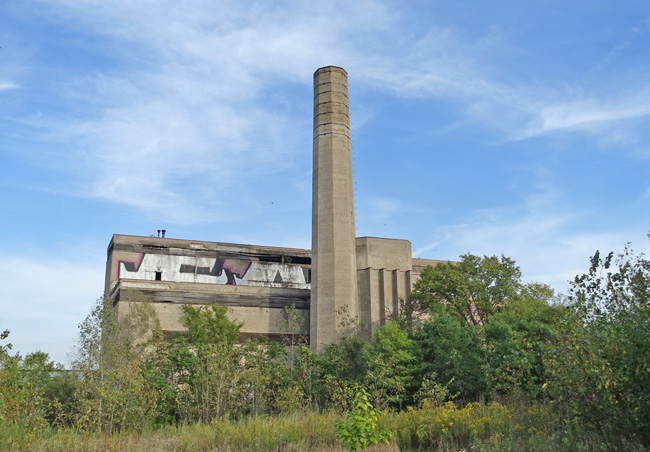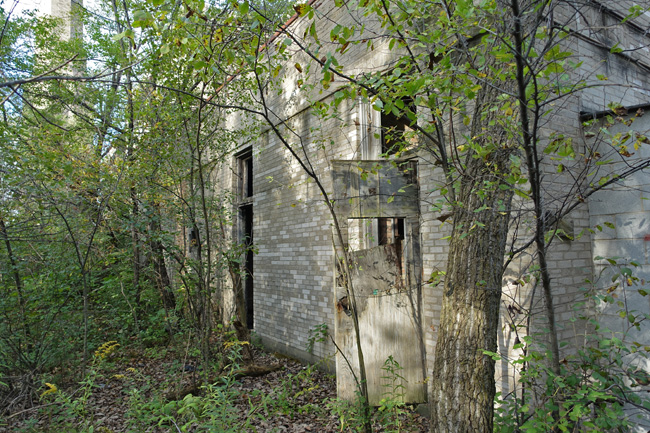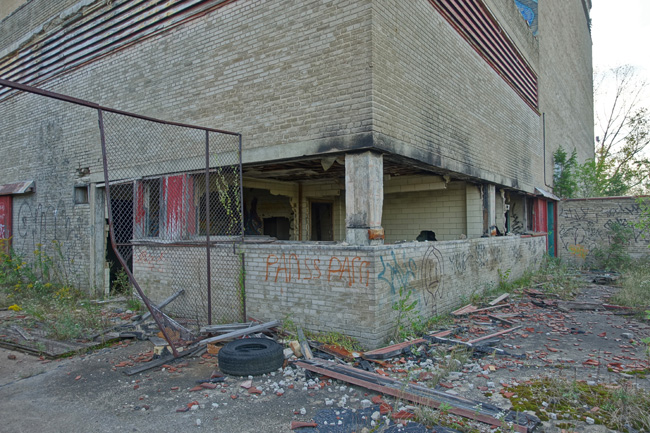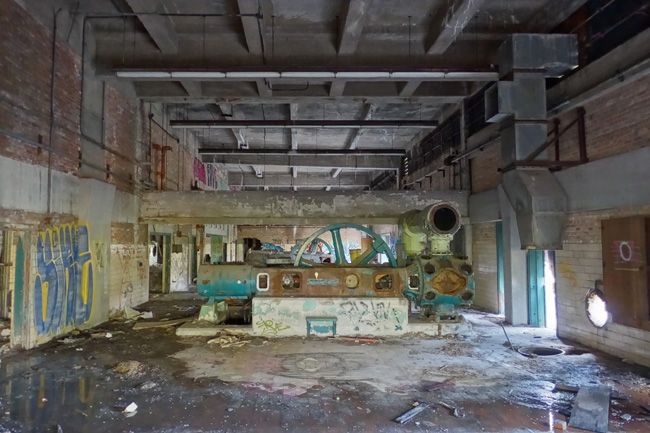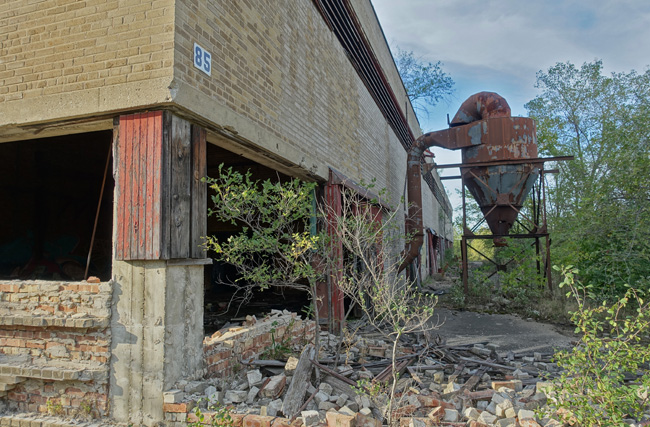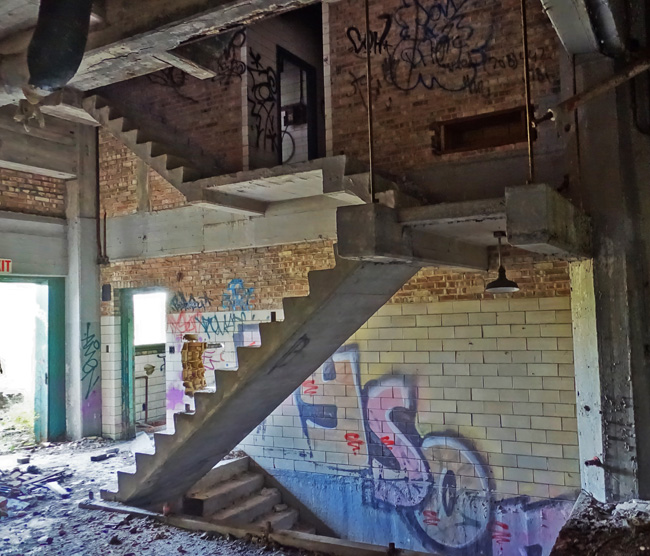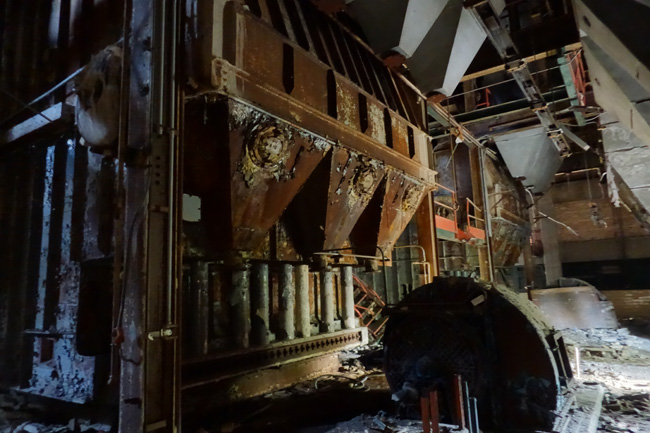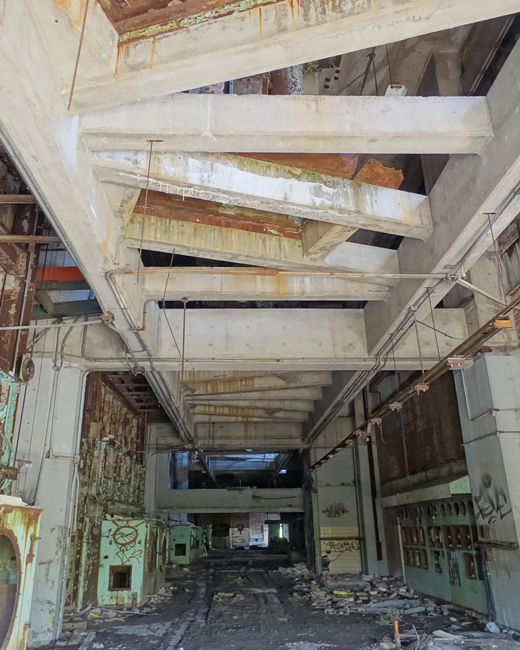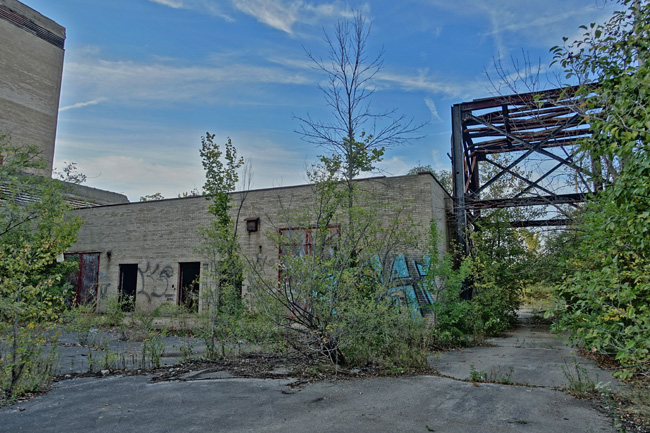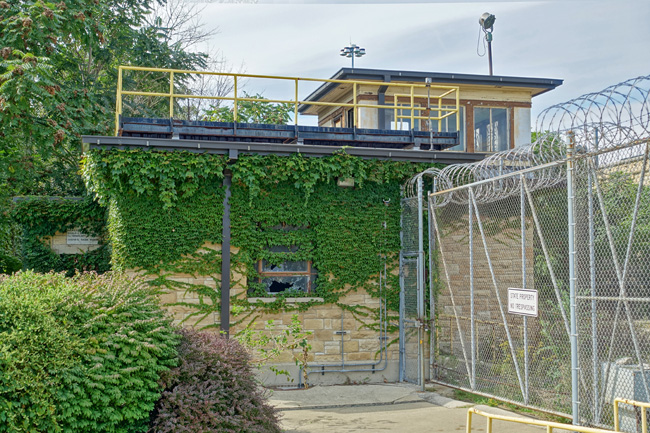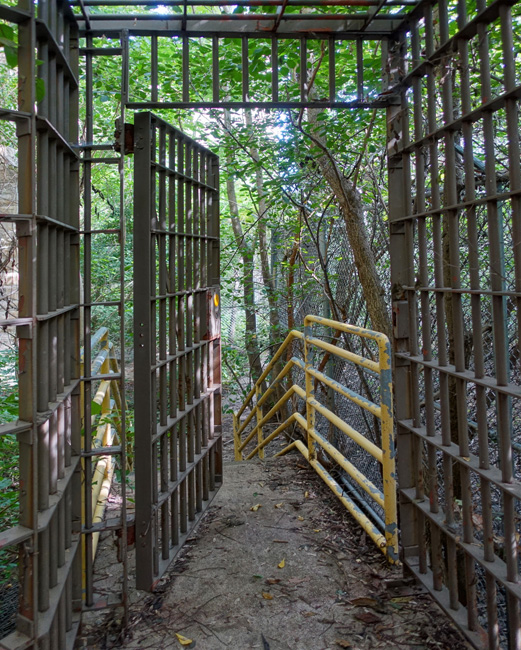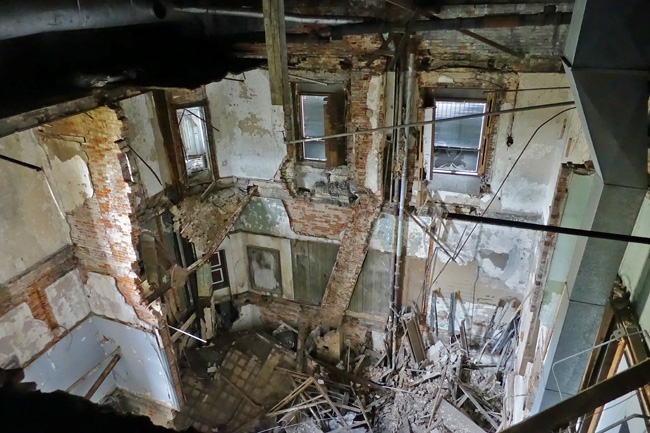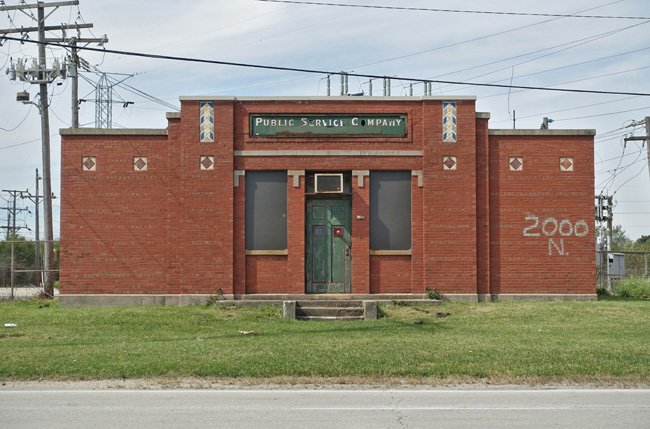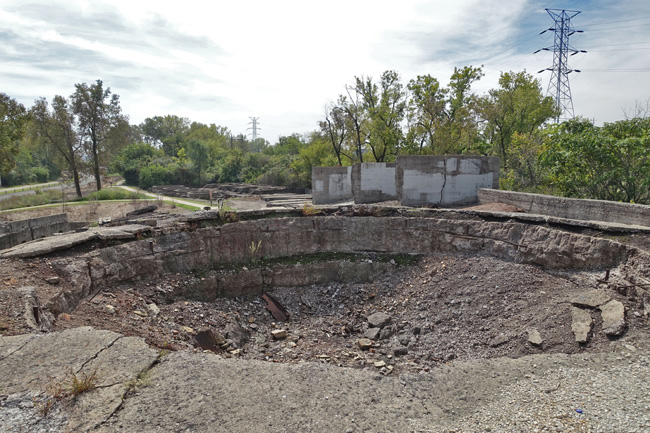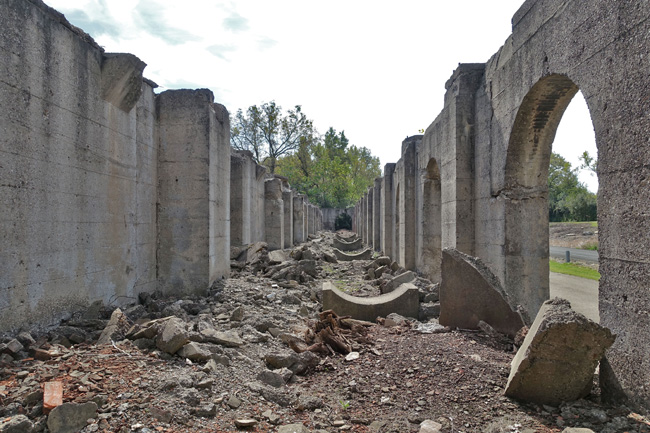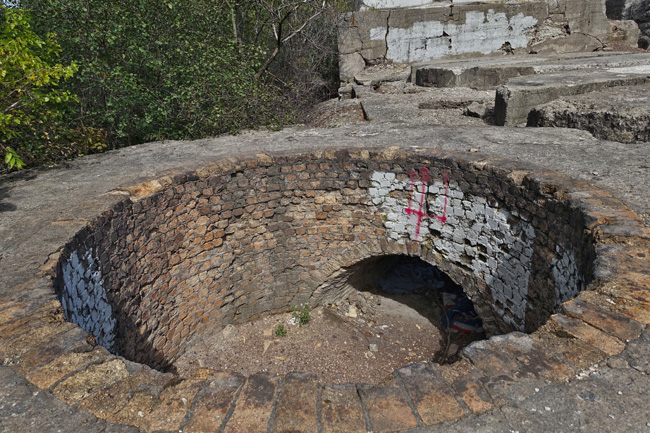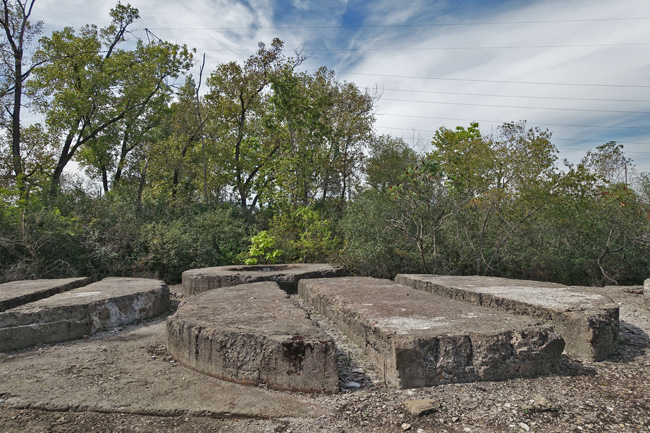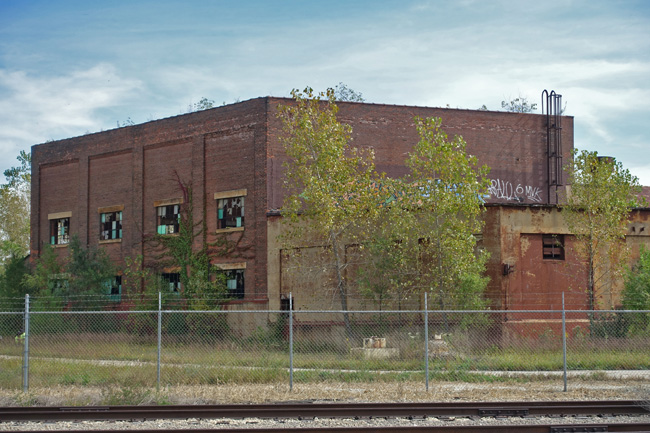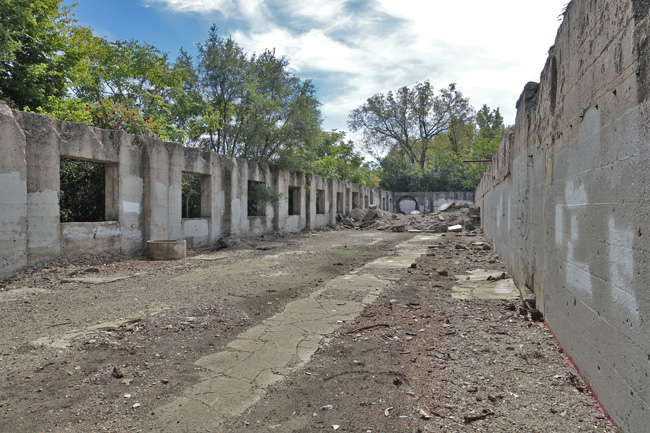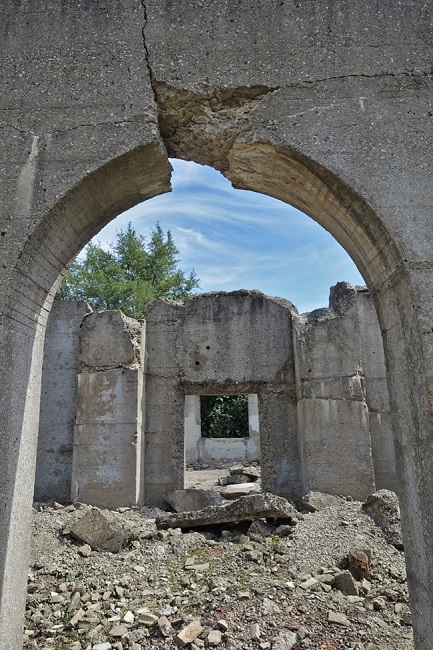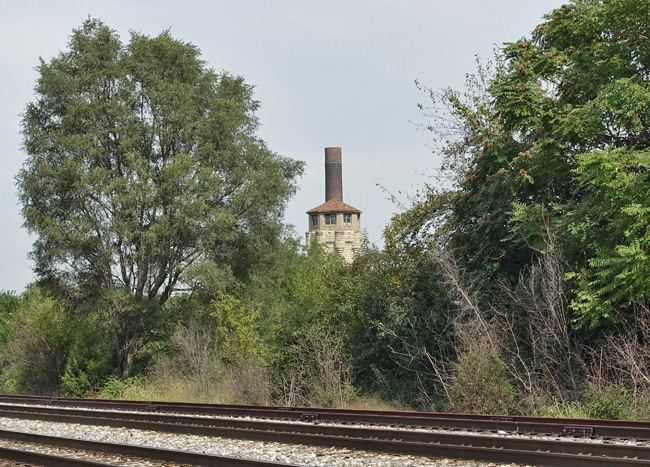I'd just gotten a rare opportunity to explore the majestic Abandoned Prison of Joliet, Illinois (click here to check out the article, if you haven't already). Truly an incredible place. I wasn't sure anything could top that experience, except maybe an abandoned power plant.
The Village of Dixmoor and the neighboring City of Harvey are suburbs south of Chicago. Once major industrial centers, they suffered serious economic decline toward the end of the 20th Century.
Lily's Groceries Store stands abandoned and boarded up on a lonely street corner across from the old steel mill site.
Nature has returned to the grounds of the old factory in full force. Trees and shrubs grow so dense that it is difficult to pass through.
Most of the buildings on the property have been demolished. The few that remain are in very rough shape.
The power plant is the only major structure that still stands. Scrappers and vandals have done quite a bit of damage over the years. There is also evidence that fires have been lit inside.
In 1910, when Dixmoor was still known as Specialville, the Ingalls-Shepard Forging Company built a steel mill so large that it required its own coal-fueled power plant. Like others in the region, the factory produced heavy steel parts for railroad companies and the growing auto industry.
In 1920, the Wyman-Gordon Company of Worcester, Massachusetts acquired the plant.
During and after World War I, Wyman-Gordon Company produced parts for military and commercial aircraft. World War II proved an extremely profitable time. The company claims that it produced more military airplane components than all of its competitors combined.
As technology progressed, Wyman-Gordon began forging titanium alloy jet engine parts, which were used in the Korean and Vietnam Wars.
The 1980s saw a decline in business for Wyman-Gordon due to decreased demand for commercial airline components and military budget cuts after the end of the Cold War.
Following an unsuccessful attempt to sell the plant, Wyman-Gordon closed the Ingalls-Shepard Division in 1986 and 350 people lost their jobs. It was a devastating blow to Dixmoor and the neighboring city of Harvey, which had recently suffered the closing of its Arco and Allis-Chalmers plants. The Dixie Square Mall, also located in Harvey, had closed several years earlier and sat abandoned until 2012, when it was finally demolished.
A machine shop now operates out of one of Wyman-Gordon's old buildings. Most of the others were razed. I'm not sure why the power plant was spared from demolition.
It seems unlikely that the site will be redeveloped any time in the near future. The soil would need to be cleared of the industrial contaminants that have accumulated over the years.
From Dixmoor, I continued east to Gary, Indiana to see the breathtaking ruins of City Methodist Church. I'll tell you all about it next time.
If you enjoyed this article, please share it on Facebook. While you're at it, feel free to subscribe to Places That Were and follow my social media:
Facebook: http://www.facebook.com/placesthatwere
Instagram: http://instagram.com/theplacesthatwere
Twitter: https://twitter.com/placesthatwere/
Tumblr: http://placesthatwere.tumblr.com/
Google+: https://plus.google.com/u/0/+JimSullivanPlacesThatWere/posts
EyeEm: https://www.eyeem.com/u/placesthatwere
Youtube: https://www.youtube.com/jimplicit
500px: https://500px.com/placesthatwere
Thank you!
